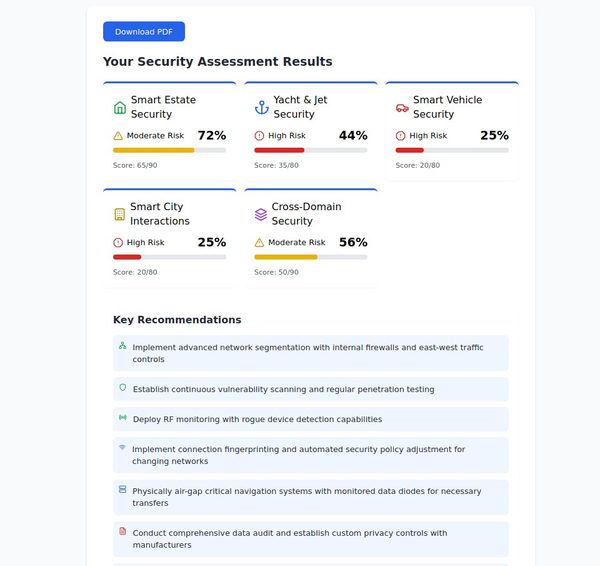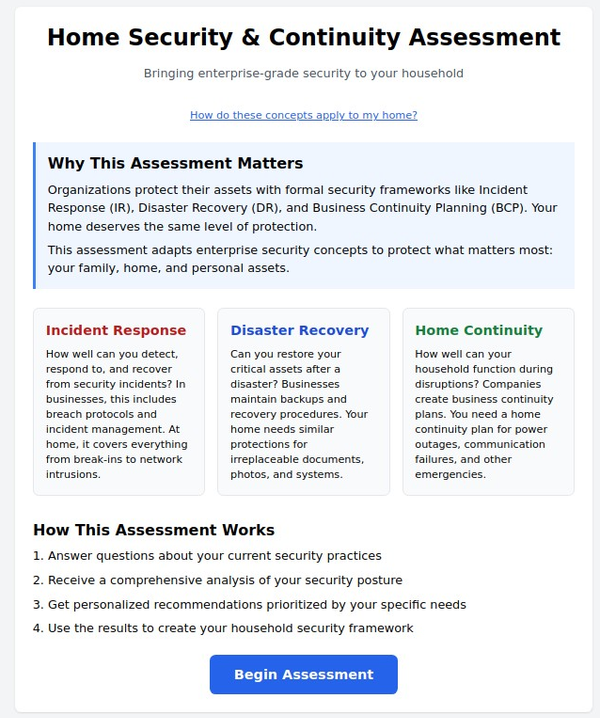Fortifying the Perimeter: Securing Your Outdoor Smart IoT Devices

In an age where home security and convenience are increasingly interlinked with technology, outdoor smart IoT devices like locks, doorbells, gates, and cameras have become commonplace. While these devices offer enhanced security and convenience, they also open up new vulnerabilities. Here’s how you can secure these crucial components of your smart home.
Understanding the Vulnerabilities
Outdoor IoT devices are exposed to both physical and digital threats. From weather conditions to potential tampering and cyberattacks, the risks are diverse. Devices like smart locks, doorbells, and outdoor cameras are often the first line of defense against intruders, making their security paramount.
Key Steps to Secure Outdoor IoT Devices
- Strong Passwords and Authentication: Use complex and unique passwords for each device. Enable two-factor authentication (2FA) if it's available to add an extra layer of security.
- Regular Firmware Updates: Manufacturers often release firmware updates that patch security vulnerabilities. Ensure your devices are updated with the latest firmware.
- Secure Wi-Fi Network: Connect your outdoor devices to a secure Wi-Fi network with strong encryption, like WPA3. Consider setting up a separate network exclusively for your IoT devices to isolate them from your main network.
- Physical Security Measures: Ensure your devices are tamper-proof. Use locks for gates and secure mountings for cameras and lights. Consider using anti-tamper screws and placing devices out of easy reach.
- Monitor Device Activity: Regularly check the logs of your IoT devices for any unusual activity. Many smart devices offer real-time alerts for suspicious actions.
- Use Trusted Brands: Opt for devices from reputable brands that are known for their security features and regular updates.
- Encryption and Secure Channels: Ensure that data transmission from your IoT devices is encrypted. Use secure channels for remote access to these devices.
- Motion Detection and Alerts: Use devices with built-in motion detection and set up alerts for unexpected movements, especially during odd hours.
- Lighting for Security: Smart outdoor lighting can be an effective deterrent against intruders. Use motion-activated lights or schedule lighting to simulate presence at home.
- Regularly Review and Update Security Settings: As with any security system, regular reviews and updates are crucial to ensure that all protective measures are current and effective.
Advanced Security Considerations
- Network Segmentation: Segmenting your network can prevent potential intruders from accessing other connected devices if one is compromised.
- Professional Monitoring Services: Consider subscribing to professional monitoring services for added security and peace of mind.
- Redundancy and Backups: Have redundancy in place, like mechanical locks for smart gates, in case of IoT device failure.
- Awareness and Vigilance: Stay informed about the latest security trends and threats targeting outdoor IoT devices.
Conclusion
Securing outdoor smart IoT devices is a critical aspect of safeguarding your home in the digital age. By taking proactive measures and staying informed, you can enjoy the benefits of smart technology while minimizing the risks. Remember, the best defense is a multi-layered approach that combines physical security with digital vigilance.





